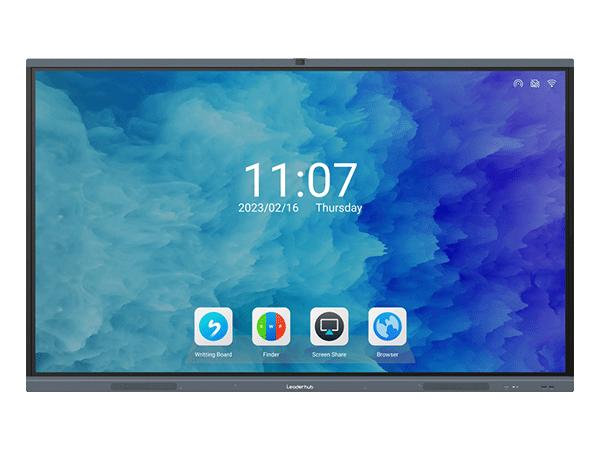An In-depth Analysis of Tablet Interactive Functions

Tablets have become an integral part of our daily lives, offering a wide range of interactive functions. These functions determine a tablet's overall performance and stability. In this article, we will evaluate and compare the performance and stability of different tablet interactive functions, focusing on three key aspects: processing power, user interface, and connectivity.
1. Processing Power
The processing power of a tablet plays a significant role in determining its overall performance and stability. This includes the speed and efficiency of tasks such as app launch, multitasking, and handling resource-intensive applications. Tablets with higher processing power can handle complex tasks seamlessly, providing a smooth and responsive user experience. On the other hand, tablets with lower processing power may struggle with demanding applications, leading to lag and decreased stability.
2. User Interface
The user interface of a tablet greatly influences its overall usability and stability. A well-designed and intuitive user interface allows users to navigate through various functions effortlessly. It should provide easy access to features and settings, enabling users to personalize their tablet experience. Tablets with cluttered or complicated user interfaces may result in confusion and decreased stability. Additionally, responsiveness and accuracy of touch input are vital factors in evaluating the effectiveness of a tablet's interactive functions.
3. Connectivity
Connectivity options determine a tablet's ability to connect and communicate with other devices or networks. Stable and reliable connectivity is essential for seamless online browsing, app updates, and social media interactions. Tablets with strong Wi-Fi or cellular connectivity perform better in terms of interactive functions that rely on internet access. Furthermore, the availability and compatibility of ports, such as USB and HDMI, contribute to the tablet's versatility and expandability.
In conclusion, evaluating the performance and stability of different tablet interactive functions involves assessing the processing power, user interface, and connectivity options of each tablet. By thoroughly examining these aspects, we can determine the overall effectiveness and reliability of a tablet in delivering a smooth and user-friendly interactive experience. Hence, it is crucial for consumers to consider these factors when choosing a tablet, ensuring they select one that best suits their needs and preferences.

